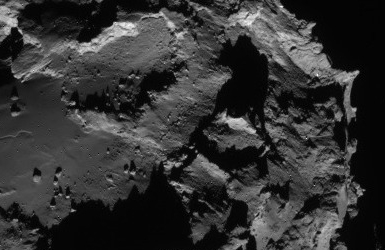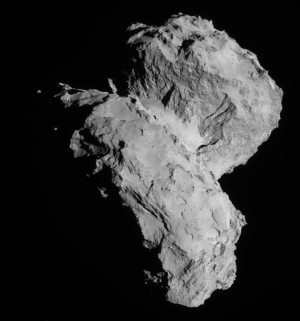The uncertainty of science: Scientists have discovered hundreds of natural methane sea-floor seeps that had not been predicted by theory.
The bubble streams showed up on sonar scans of the sea floor taken between September 2011 and August 2013 during oceanographic expeditions ranging from Cape Hatteras in North Carolina to Georges Bank off Cape Cod. Altogether, researchers analysed data covering a 94,000-square-kilometre arc (an area about the size of Indiana or Hungary) that includes the edge of the continental shelf and the steep slope just seaward of it, says co-author Adam Skarke, a geologist at Mississippi State University in Starkville. Within a distance of about 950 kilometres, the team found about 570 bubble plumes — an astounding number considering that scientists had previously reported only a handful in the region, he notes.
The article’s first two paragraphs breathlessly attempt to link these plumes to human-caused global warming, noting that there is theory that a warming ocean could produce such methane seeps. Worse, the article adds, once this methane is released it will accentuate warming, as methane is a very powerful greenhouse gas.
The article’s last paragraph, however, finally tells us the real story. Hard data gathered by remote robot vehicles that have actually visited these kinds of plumes instead suggests that the plumes have been there for more than a thousand years and thus could have nothing to do with human-caused global warming. In fact, their natural existence is a significant problem for most climate theories, as they now have to account for this additional greenhouse gas, naturally produced.



